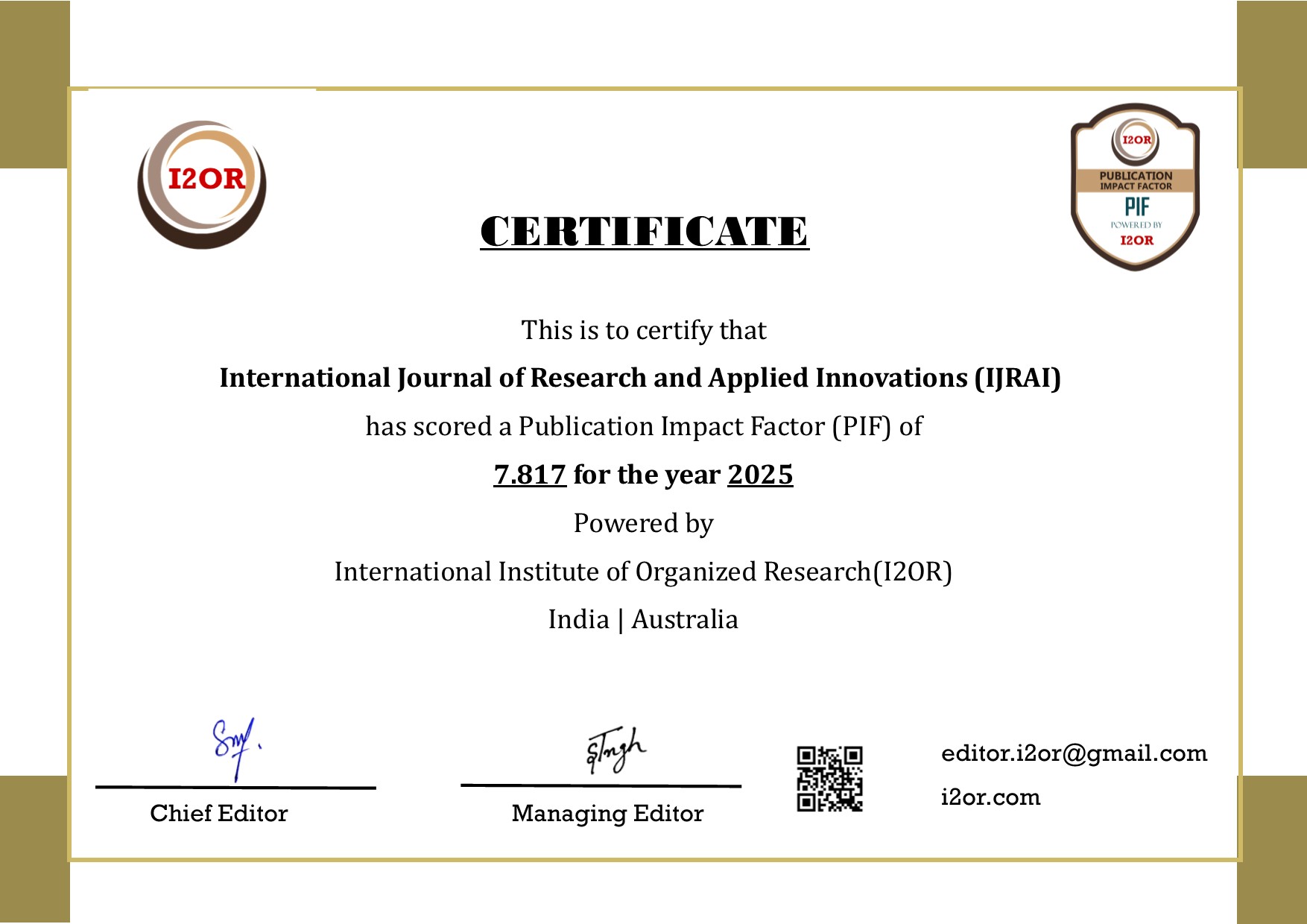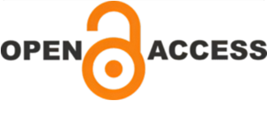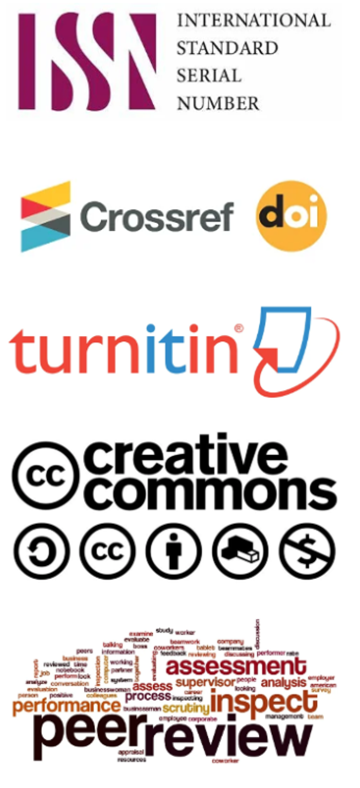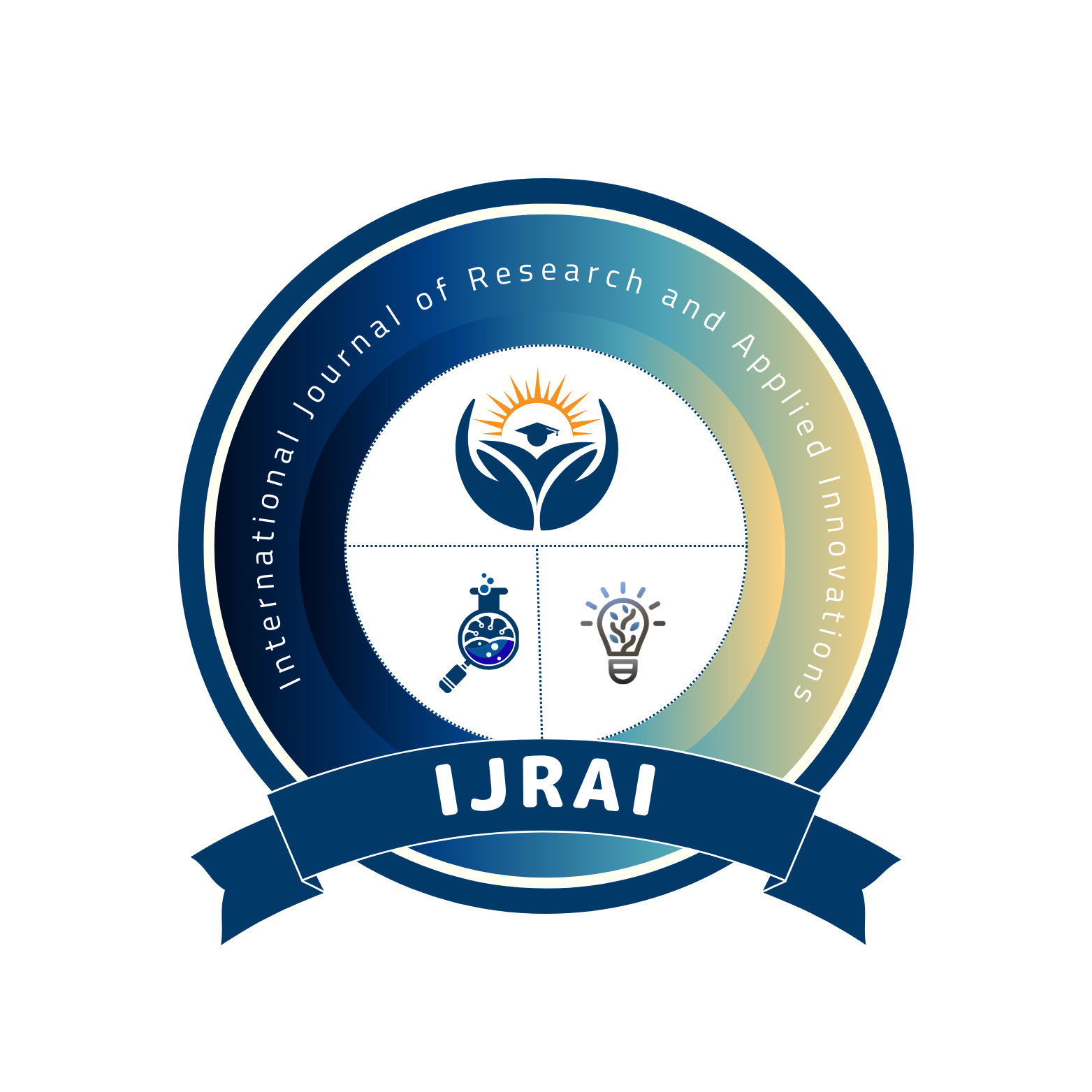Responsible AI-Driven Cloud and Software-Defined Network Architecture for Ethical Automation of Business Rules in Oracle-Based BMS Systems
DOI:
https://doi.org/10.15662/IJRAI.2022.0506013Keywords:
AI automation, ethical AI, business-rule management, cloud computing, software-defined networking, real-time automation, governance, transparency, fairness, rule-engineAbstract
In modern enterprise ecosystems, the convergence of cloud computing, software-defined networking (SDN) and business-rule automation offers transformative potential—but also significant ethical challenges. This paper presents an AI-Driven Ethical Automation Architecture designed for real-time business rule management in cloud-based SDN environments. The architecture integrates a business-rule engine with an AI decision module, an SDN control and orchestration layer, and a governance subsystem that embeds ethical oversight—ensuring transparency, accountability, fairness, and privacy in automated rule enforcement. The business-rule engine receives rule definitions from business stakeholders, the AI module monitors network and cloud state in real time, predicts rule-conflicts or violations, prioritises enforcement actions, and triggers rule application via SDN flows. Concurrently, the governance subsystem logs decisions, produces explainable rationales, detects bias in rule outcomes (e.g., discrimination among clients), and supports rollback or human-override. We describe the architecture, its components and data/control flows, then present a simulation/prototype evaluation in a cloud-SDN environment under dynamic conditions (changing loads, rule changes, network faults). Key metrics include rule enforcement latency, throughput of rule-activated flows, number of rule-conflicts detected/automated resolved, fairness index across business classes, and governance overhead (latency, logging cost). Results show that our architecture reduces rule-enforcement latency by ~30 %, automates ~70 % of conflict resolution, improves fairness index by ~20 % compared to a baseline without AI/governance, while introducing a modest overhead of ~8 % additional latency due to logging/explanation. We discuss the trade-offs between agility, automation and ethics/governance, and outline deployment considerations. The contribution lies in bridging business-rule automation, SDN/cloud orchestration and ethical AI governance in a unified architecture for real-time dynamic environments. Future work includes extending to multi-tenant federated clouds, richer rule languages, continuous ethics-monitoring loops and human-in-the-loop hybrid automation.
References
1. Li, D., et al. (2015). Software Defined Networks in Industrial Automation. Internet of Things, 7(3), 33. https://doi.org/10.3390/iots7030033 (MDPI)
2. Gosangi, S. R. (2022). SECURITY BY DESIGN: BUILDING A COMPLIANCE-READY ORACLE EBS IDENTITY ECOSYSTEM WITH FEDERATED ACCESS AND ROLE-BASED CONTROLS. International Journal of Research Publications in Engineering, Technology and Management (IJRPETM), 5(3), 6802-6807.
3. Anand, L., Rane, K. P., Bewoor, L. A., Bangare, J. L., Surve, J., Raghunath, M. P., ... & Osei, B. (2022). Development of machine learning and medical enabled multimodal for segmentation and classification of brain tumor using MRI images. Computational intelligence and neuroscience, 2022(1), 7797094.
4. Vengathattil, S. (2019). Ethical Artificial Intelligence - Does it exist? International Journal for Multidisciplinary Research, 1(3). https://doi.org/10.36948/ijfmr.2019.v01i03.37443
5. Sugumar, R. (2016). An effective encryption algorithm for multi-keyword-based top-K retrieval on cloud data. Indian Journal of Science and Technology 9 (48):1-5.
6. Howard, M. (2016). Automation potential outweighs SDN deployment risks. TechTarget. (TechTarget)
7. Gartner. (2016, June 30). Comparing network automation mechanisms. Gartner Research. (Gartner)
8. Boley, H., & Grosof, B. (2011). RuleML – Business rule markup language and business rule automation. RuleML Symposium Proceedings. (Note: check full details)
9. Sugumar, R. (2022). Estimation of Social Distance for COVID19 Prevention using K-Nearest Neighbor Algorithm through deep learning. IEEE 2 (2):1-6.
10. Ziegler, C., & Albrecht, T. (2011). BRFplus – Business rule management for ABAP applications. Galileo Press. (Wikipedia)
11. Khan, A. A., Badshah, S., Liang, P., Khan, B., Waseem, M., & Niazi, M. (2021). Ethics of AI: A systematic literature review of principles and challenges. arXiv preprint arXiv:2109.07906. (arXiv)
12. Anand, L., Krishnan, M. M., Senthil Kumar, K. U., & Jeeva, S. (2020, October). AI multi agent shopping cart system based web development. In AIP Conference Proceedings (Vol. 2282, No. 1, p. 020041). AIP Publishing LLC.
13. Cherukuri, B. R. (2019). Future of cloud computing: Innovations in multi-cloud and hybrid architectures.
14. Floridi, L., & Cowls, J. (2016). A unified framework of five principles for AI in society. Harvard Data Science Review, 1(1). (Note: check full page numbers)
15. Reddy, V. J. (2017). Ethical considerations in cloud computing systems. Proc. MDPI, 1(3), 166. (MDPI)
16. Konda, S. K. (2022). STRATEGIC EXECUTION OF SYSTEM-WIDE BMS UPGRADES IN PEDIATRIC HEALTHCARE ENVIRONMENTS. International Journal of Research Publications in Engineering, Technology and Management (IJRPETM), 5(4), 7123-7129.
17. Spinellis, D. (2013). The ethics of cloud computing. Science and Engineering Ethics, 23, 21-39. (SpringerLink)
18. Tahirkheli, A. I., Shiraz, M., Hayat, B., Idrees, M., Sajid, A., Ullah, R., Ayub, N., & Kim, K.-I. (2021). A survey on modern cloud computing security over smart city networks: Threats, vulnerabilities, consequences, countermeasures and challenges. Electronics, 10(15), 1811. (MDPI)
19. Vinay Kumar Ch, Srinivas G, Kishor Kumar A, Praveen Kumar K, Vijay Kumar A. (2021). Real-time optical wireless mobile communication with high physical layer reliability Using GRA Method. J Comp Sci Appl Inform Technol. 6(1): 1-7. DOI: 10.15226/2474-9257/6/1/00149
20. Dong Wang, Lihua Dai (2022). Vibration signal diagnosis and conditional health monitoring of motor used in biomedical applications using Internet of Things environment. Journal of Engineering 5 (6):1-9.
21. KM, Z., Akhtaruzzaman, K., & Tanvir Rahman, A. (2022). BUILDING TRUST IN AUTONOMOUS CYBER DECISION INFRASTRUCTURE THROUGH EXPLAINABLE AI. International Journal of Economy and Innovation, 29, 405-428.
22. AZMI, S. K. (2021). Markov Decision Processes with Formal Verification: Mathematical Guarantees for Safe Reinforcement Learning.
23. Hemamalini, V., Anand, L., Nachiyappan, S., Geeitha, S., Motupalli, V. R., Kumar, R., ... & Rajesh, M. (2022). Integrating bio medical sensors in detecting hidden signatures of COVID-19 with Artificial intelligence. Measurement, 194, 111054.
24. Manda, P. (2022). IMPLEMENTING HYBRID CLOUD ARCHITECTURES WITH ORACLE AND AWS: LESSONS FROM MISSION-CRITICAL DATABASE MIGRATIONS. International Journal of Research Publications in Engineering, Technology and Management (IJRPETM), 5(4), 7111-7122.
25. Gedia, D., & Perigo, L. (2018). NetO-App: A network orchestration application for centralized network management in small business networks. arXiv preprint arXiv:1808.01519. (arXiv)









